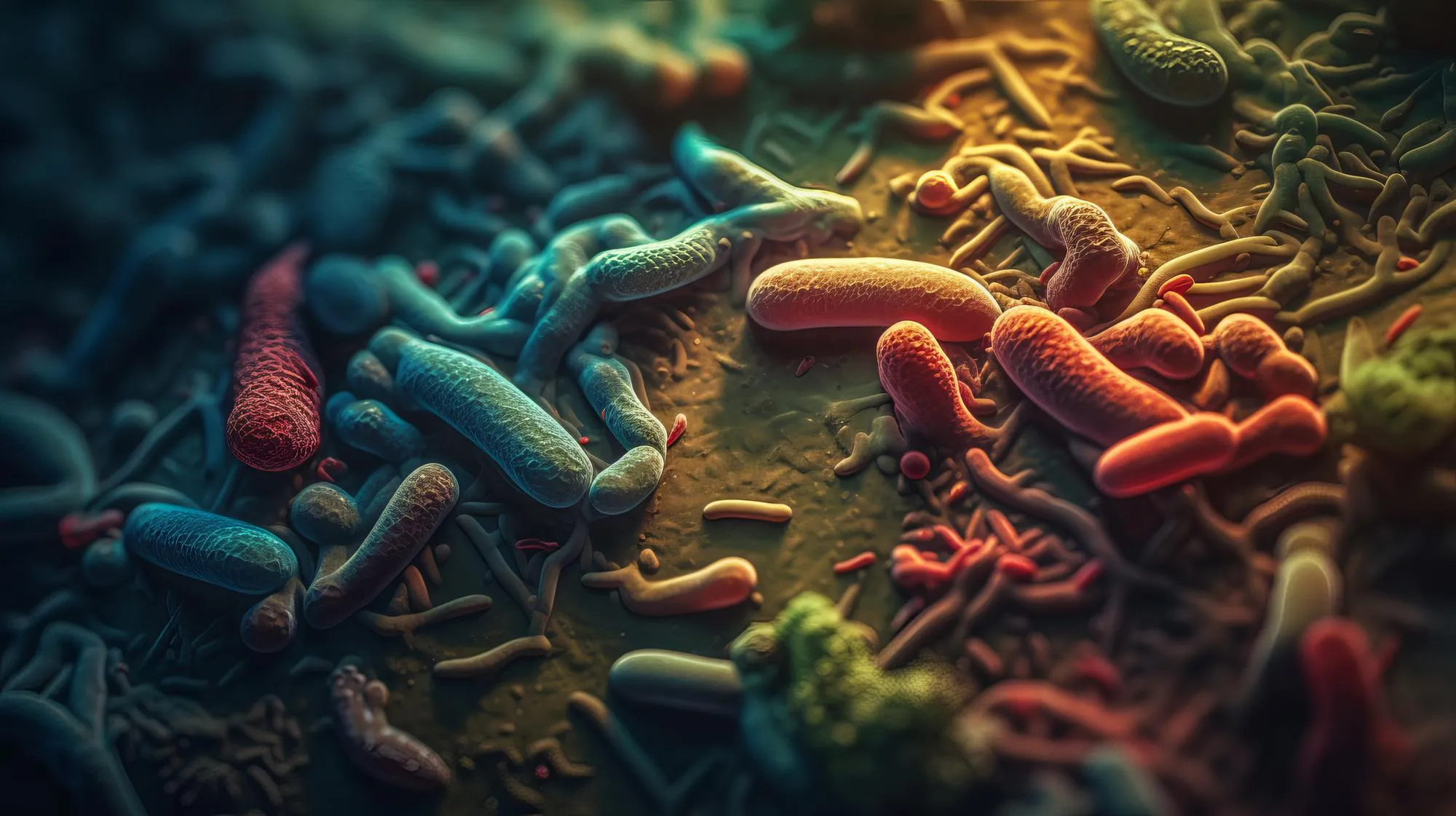New research published in the prestigious journal “Science of the Total Environment” has revealed a previously underappreciated threat lurking within piglet farms. A team of scientists led by Dr. Ji Yalu from the State Key Laboratory for Diagnosis and Treatment of Severe Zoonotic Infectious Diseases at Jilin University in China has conducted a comprehensive study of the pig intestinal phageome, that is, the collection of bacteriophages (viruses that infect bacteria) in piglet guts. Their findings indicate that these phages are a significant reservoir for virulence genes, which can be transferred to bacterial hosts, potentially enhancing their pathogenicity.
The research, detailed in a paper titled “The pig intestinal phageome is an important reservoir and transfer vector for virulence genes,” was carried out to expand our understanding of how bacterial virulence can be influenced by phages. With the team’s analysis showing a worrying concentration of virulence genes within these phages, there are now heightened concerns for both animal and public health.
Study Overview
In their study, the researchers analyzed the gut phageome of weaned piglets, identifying a total of 185 virulence genes within 59,955 predicted genes from collected samples. Virulence genes are portions of genetic material that contribute to a bacterium’s ability to cause disease. The study found that 0.688% of the phage contigs (segments of genetic material) coded for at least one such virulence gene, showing a non-negligible presence of these genes in the piglet gut phageome.
The most abundant virulence gene identified was pblA, and various virulence genes showed a significant correlation with the gut phages. Furthermore, numerous virulence genes and mobile gene elements (MGEs) – sequences of DNA that can move within a genome – were found to coexist in some phage sequences.
Additionally, the researchers discovered that in some cases, a single phage sequence contained up to 12 distinct virulence genes. This concentration of virulence genes within single phage sequences greatly amplifies the risk of phage-mediated transmission, meaning these genes could be incorporated into bacterial genomes within the gut ecosystem with higher probability.
Implications for Animal Health and Beyond
The implications of these findings extend beyond the piglet gut. It was noted that the occurrence of diarrhea in weaned piglets led to changes in the composition and structure of both phage and bacterial communities in the intestinal tract. Samples from affected animals showed an increased abundance of phage contigs encoding both virulence genes and MGEs, indicating a potential rise in the transference of these genes into bacterial genomes during episodes of disease.
This relationship between illness and the spike in gene-carrying phage contigs raises significant concerns about the management and health of livestock. Increased virulence gene transfer could lead to the emergence of more pathogenic bacterial strains that not only compromise animal health but also pose risks through potential transmission to humans, either via contact or the food chain.
Expanding Our Understanding of the Gut Microbiome
The thorough analysis conducted in this study offers valuable insights into the dynamics of the gut microbiome, particularly in relation to bacteriophages. It highlights the complexity of interactions within the microbiome and how these interactions can drive the evolution of bacteria towards increased virulence.
Moreover, the study sheds light on the importance of better management of animal gut health, emphasizing the need to consider phages and their carried genes in preventative strategies and interventions in livestock rearing practices.
Future Directions and Precautions
The results prompt a call to action for further investigation into phage-bacterium interactions within the gut systems of livestock. Such research is instrumental in developing strategies to mitigate the risks associated with the transmission of virulence genes.
The study also underlines the potential for phage-encoded genes to spread in a farm environment, suggesting that improved biosecurity measures and microbiome monitoring should be integral to modern farming operations.
References
1. Ji, Y., Xi, H., Chen, C., Sun, C., Feng, X., Lei, L., Han, W., & Gu, J. (2024). The pig intestinal phageome is an important reservoir and transfer vector for virulence genes. Science of the Total Environment, 170076. doi:10.1016/j.scitotenv.2024.170076
DOI
doi:10.1016/j.scitotenv.2024.170076
Keywords
1. Piglet Gut Phageome
2. Bacteriophage Virulence Genes
3. Phage-Bacteria Interactions
4. Animal Gut Microbiome
5. Livestock Disease Transmission
In conclusion, the study led by Dr. Ji Yalu and colleagues is a watershed moment in our understanding of the potential risks posed by bacteriophages in agricultural settings. The research highlights the need for a paradigm shift in how we approach the health of our livestock, specifically regarding the microscopic viral entities that may invisibly influence disease dynamics. With bacteriophages now at the forefront of discussions on animal and potentially human health concerns, the agricultural industry must adapt and respond with enhanced measures to monitor and control these microscopic influencers of disease.
